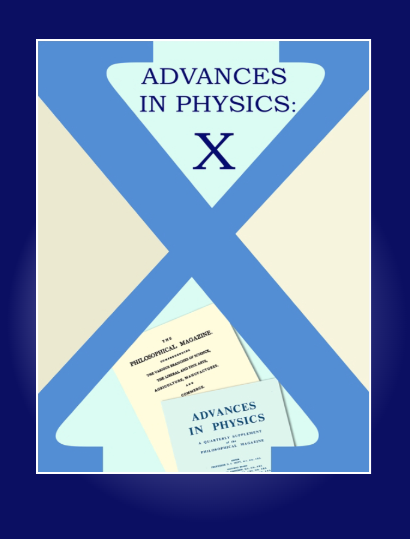原子力显微镜和其他扫描探针显微镜方法研究模型脂质膜的纳米级结构域
IF 10.8
2区 物理与天体物理
Q1 PHYSICS, MULTIDISCIPLINARY
引用次数: 1
摘要
本文章由计算机程序翻译,如有差异,请以英文原文为准。
Atomic force microscopy and other scanning probe microscopy methods to study nanoscale domains in model lipid membranes
ABSTRACT The cell membrane is a fundamental biological structure, which is only 6–10 nm thick. It is composed of hundreds of lipid types, which form small and dynamic lipid domains or rafts. These rafts are thought to be a major aspect of cell organization, to provide support for various transmembrane proteins and are central to the communication of cells with their environs. Understanding the functions of lipid rafts presents an exciting opportunity to understand the molecular mechanisms of biologically important processes, as well as to uncover fundamental molecular mechanisms of membrane-associated diseases. Due to the high complexity of cell membranes, model membranes composed of synthetic lipids have been developed and are widely used to mimic biomembranes in an effort to study the structure and dynamics of lipid domains and their role in cell function. Atomic force microscopy (AFM), Kelvin probe force microscopy (KPFM) and atomic force spectroscopy (AFS) significantly advanced the study of nanodomains in model lipid membranes and monolayers. We review applications of these methods to the study of model membranes, which are widely used to mimic eukaryotic and bacterial cells, as well as neuronal cellular membranes in Alzheimer’s disease (AD). Graphical Abstract
求助全文
通过发布文献求助,成功后即可免费获取论文全文。
去求助
来源期刊

Advances in Physics: X
Physics and Astronomy-General Physics and Astronomy
CiteScore
13.60
自引率
0.00%
发文量
37
审稿时长
13 weeks
期刊介绍:
Advances in Physics: X is a fully open-access journal that promotes the centrality of physics and physical measurement to modern science and technology. Advances in Physics: X aims to demonstrate the interconnectivity of physics, meaning the intellectual relationships that exist between one branch of physics and another, as well as the influence of physics across (hence the “X”) traditional boundaries into other disciplines including:
Chemistry
Materials Science
Engineering
Biology
Medicine
 求助内容:
求助内容: 应助结果提醒方式:
应助结果提醒方式:


